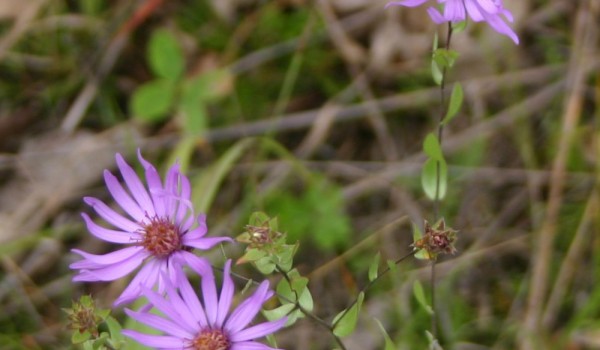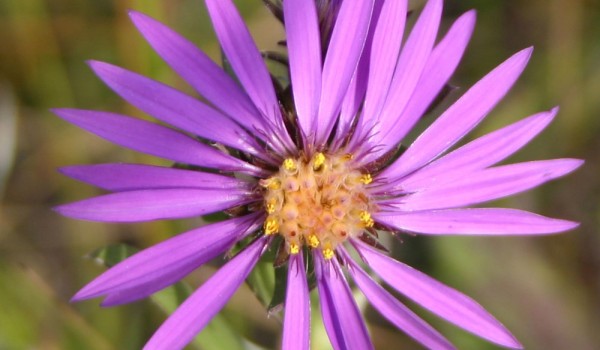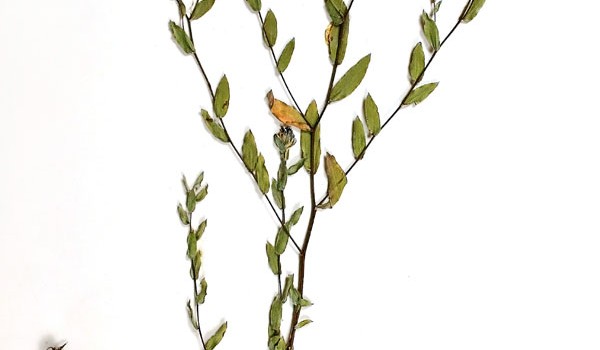Aster (Asteraceae)
Western Silvery Aster
Symphyotrichum sericeum (Vent) G.L. NesomWestern Silvery Aster is one of the rarest plants on the Canadian prairies. It grows in tall-grass prairies and Bur Oak savannahs. It is threatened by habitat loss due to sand and gravel mining, the spread of invasive species and housing developments. This species is pollinated by a variety of insects, mostly bumblebees, bee flies and sweat bees. Small weevils lay eggs in the flower heads and consume the seeds.
Flower Colour:
- Pink
Flowering Season:
- Summer
- Fall
Flowering Months:
- August
- September
Canadian Rarity Status:
Protected under Canada’s Species at Risk Act, Manitoba’s Endangered Species Act and Ontario’s Endangered Species Act. The collection of wild plants and seeds is illegal on public lands.
Physical Appearance:
Western Silvery Aster is a perennial plant with several stems arising from a woody root. It possesses alternate, lance-shaped leaves that are covered with silvery hairs. Each plant has one to several flower heads that are about 2.5 cm wide. The outer (ray) flowers have long, strap-shaped petals and the inner (disc) flowers are small and tube-shaped. The fruits have a ring of fuzzy hairs to help them get blown by the wind.
Similar Species:
Gardening Notes:
Do not purchase wild-collected seeds or plants. Seeds and/or plants from nursery-raised stock may be available.
Canadian Distribution:
- Manitoba
- Ontario
Prairie Types:
- Tall Grass Prairie
Habitats:
- Prairies
- Savannahs
Moisture Conditions:
- Dry
Light Preference:
- Full Sun
Soil Preference:
- Gravel
- Sand
Associated Pollinators:
-
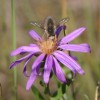 Bee Flies (Bombyliidae)
Bee Flies (Bombyliidae)
-
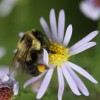 Bumble, Honey, and other Bees (Apidae (Subfamily Apinae))
Bumble, Honey, and other Bees (Apidae (Subfamily Apinae))
-
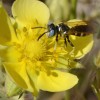 Crabronid Wasps (Crabronidae)
Crabronid Wasps (Crabronidae)
-
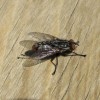 Flesh Flies (Sarcophagidae)
Flesh Flies (Sarcophagidae)
-
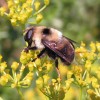 Flower Flies (Syrphidae)
Flower Flies (Syrphidae)
-
 Leafcutter and Mason Bees (Megachilidae)
Leafcutter and Mason Bees (Megachilidae)
-
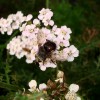 Parasitic Flies (Tachinidae)
Parasitic Flies (Tachinidae)
-
 Skippers (Hesperiidae)
Skippers (Hesperiidae)
-
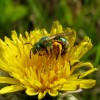 Sweat Bees, Halictid Bees and other Bees (Halictidae)
Sweat Bees, Halictid Bees and other Bees (Halictidae)
-
 Thick-headed Flies (Conopidae)
Thick-headed Flies (Conopidae)






